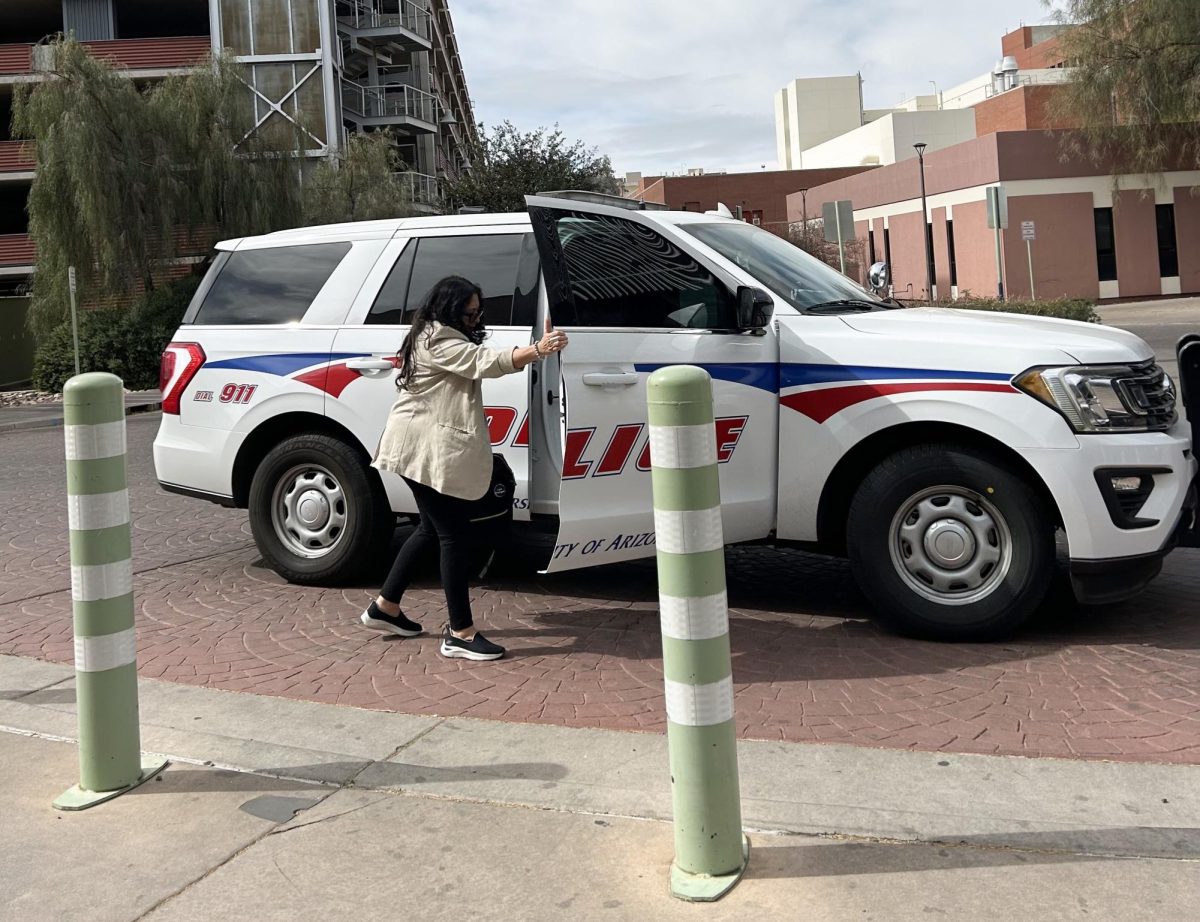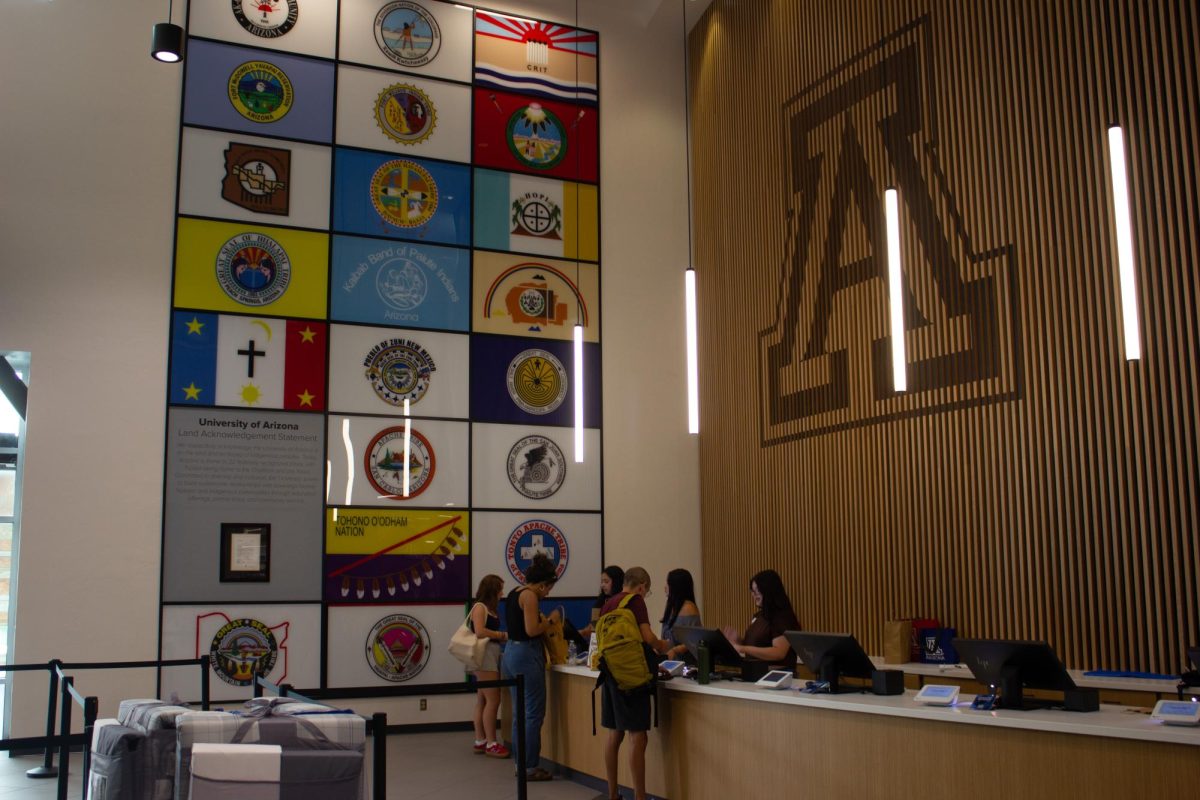Animals such as our beloved pets can’t linguistically communicate with us, but there are other ways in which these household companions can communicate with us.
Applied Companion Animal Behavior 311 is a three-unit, animal and comparative biomedical sciences elective course that will be offered to students during the 2016 winter session. This course ultimately gives students the unique opportunity to examine and learn about companion animal behavior, as well as the implicit messages cats and dogs produce for humans to receive and interpret.
RELATED: Local organization combats PTSD in veterans with service dogs
Local Tucson business owner of Dog & Company Behavior Consulting and certified applied animal behaviorist Crista Coppola Ph.D. will be leading the class starting next month.
“Animals communicate with us all the time through their body language and it’s a bit corny to say, but we’re just not listening,” Coppola said.
Coppola said that the class is solely focused around feline and canine applied animal behavior, but that there could potentially be more companion animal focused courses down the road.
Since the actions and reactions of cats and dogs are at the core of what this class is about, Copolla truly wants her students to try and put themselves in a companion animal’s perspective to be able to understand their reality—something crucially important when studying animal behavior.
“Just about everybody either owns a dog or a cat in their lifetime or interacts with a dog or cat in their lifetime, and maintaining the welfare for those animals in all of the different settings where people encounter animals is really important,” Copolla said.
Copolla believes that by being able to detect when an animal is feeling afraid and/or threatened, individuals can deal with serious and potentially dangerous animal encounters in a more informed and appropriate manner, which in turn will produce safer interactions for everyone—something she hopes her students will be able to learn.
“A lot of people enjoy the company of cats and dogs and we have all wondered ‘Why is my cat acting like that?’ or ‘Does my dog know what I’m talking about?'” said Zoe Rosenthal, a microbiology sophomore. “So I think it would be interesting for people to see that they’re more than just the thing you come home to at the end of the day.”
Rosenthal, a self proclaimed cat person, would love to learn more about cats in general, but more specifically, why cats are such fickle creatures and how to cope with their seemingly ever-changing dynamic.
“If we want a continued coexistence with animals, then we need to understand them—especially how we affect them and how they affect us,” said ethologist and UA professor Netzin Steklis.
RELATED: UA opens new center in an effort to better understand the canine mind
Steklis, alongside her husband, Dieter, currently teach a general education course at the UA, called Human and Animal Interrelationships 160, which is a course that provides students with great foundational knowledge in regard to human and animal evolution and the relationships humans have formed with animals back millions of years ago up to the present.
“ACBS 160 doesn’t go into behavioral problems and how to modify those behaviors,” Steklis said. “That is what applied animal behaviorists do.”
“It should be a lot of fun, it will be hard, but it will be fun,” Coppola said. “It will be one of those classes that you love to hate.”
Follow Alex Gonzalez on Twitter.









